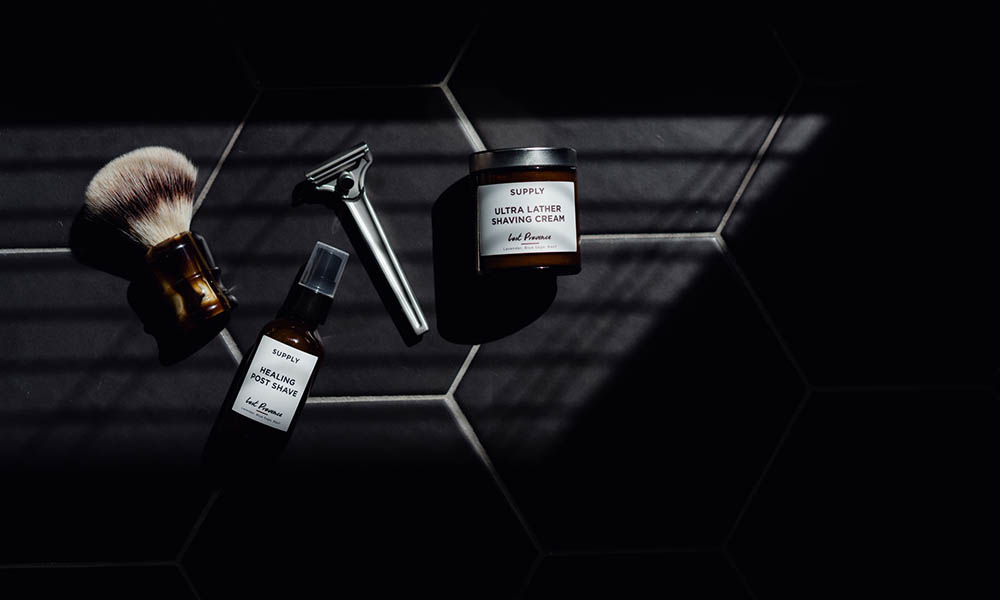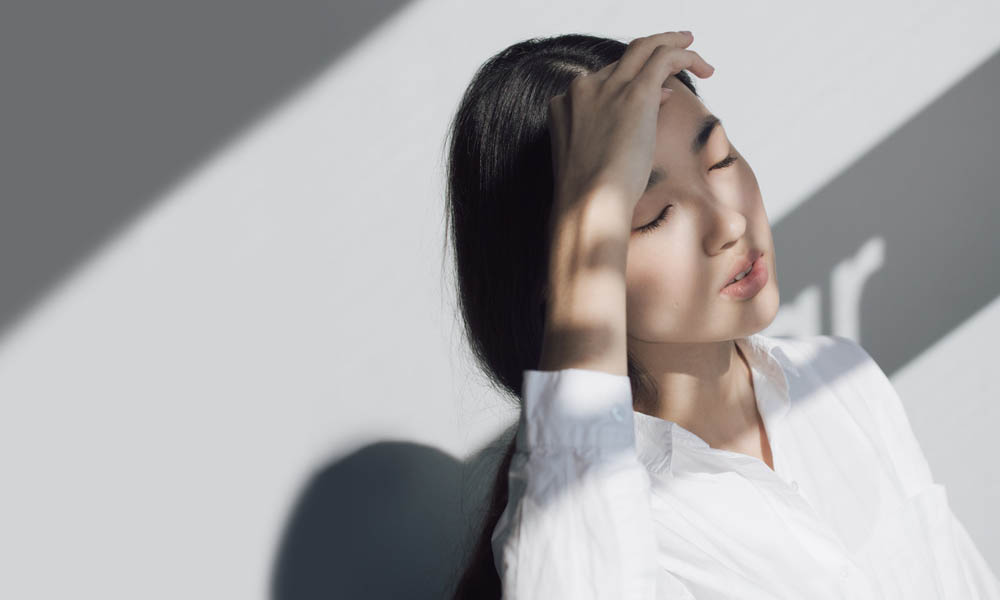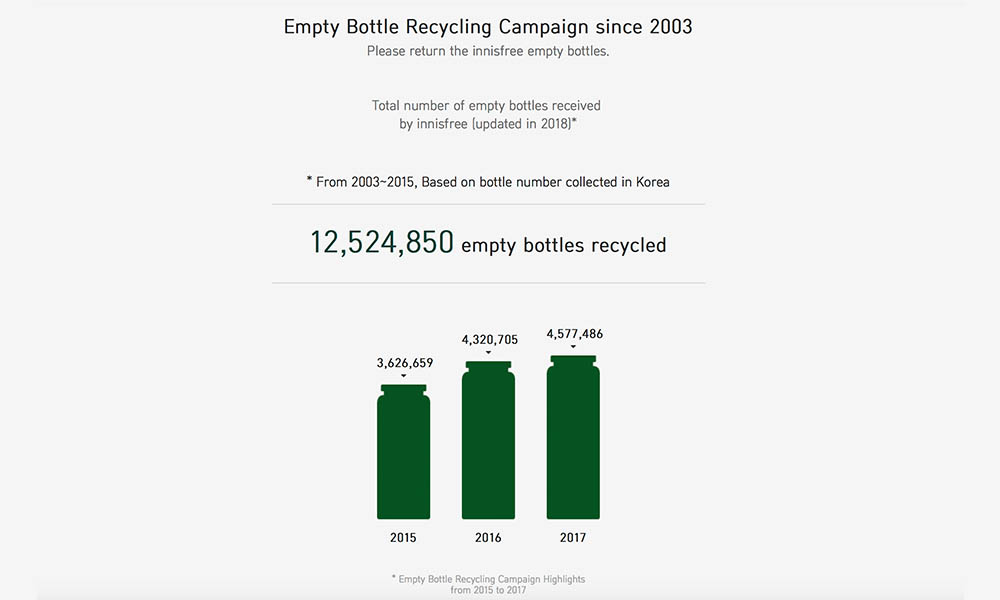Welcome to our second issue of the year! We're still looking at Asian brands and what makes them successful. In this issue, we'll examine the various factors contributing to the booming beauty & skincare industry in Asia.
Rise of beauty for men
The ideals of male beauty have changed over the years. Today, personal vanity is socially encouraged. Men, especially in Asia, are paying a lot more attention and have a greater interest in their grooming habits. Popular subcultures such as the Korean Wave are strong factors in influencing this rising trend. Men have greater access to a wide variety of beauty and skincare products—such as toners, exfoliating masks, BB creams, and lip tints. Some men even participate in the rigorous, hallmark Korean 10-step skincare routine. This skincare routine is regarded as a lifestyle choice and has become a global phenomenon, grounded in South Korea’s cultural obsession with healthy skin.

The emerging market of men’s beauty is attracting big global brands – such as Chanel and Tom Ford – to invest in creating product specifically for men. For instance, China’s booming beauty market is expected to double by 2030. As men today are eager to express themselves and redefine the concept of masculinity, beauty companies are diving deeper and experimenting with the growing needs, or wants, of the new generation of men.
K-beauty and J-beauty
In the first half of 2019, there were speculations that J-beauty was going to overtake K-beauty as the next champion of the beauty industry. Why is J-beauty only starting to resurface now when Japanese brands such as Shiseido have been around for years? Once known as the pioneer of the beauty industry, Japanese beauty brands have been overshadowed by K-beauty in recent years. One possible reason is that they are deemed less trendy than their Korean counterparts due to the massive influence of K-pop. Another reason is the price point; well-known Japanese brands are known to be more luxurious and less affordable.

While J-beauty is presumed to keep a low profile in recent years, Japanese brands are actually busy dedicating their time to dermatological research & development. With the rise of consumer’s spending power in developing Asian countries, consumers are increasingly willing to splurge on J-beauty’s established luxurious brands (such as SKII, THREE, and Astalift) that are proven to be clinically effective.
While undoubtedly J-beauty is a strong player in the skincare and cosmetics’ industry, there is still room for K-beauty globally, ensuring K-beauty is unlikely to be ousted by J-beauty any time soon. Both beauty cultures target different audiences effectively; J-beauty targets mature consumers with higher spending power primarily through luxurious and clinically tested products, while K-beauty targets younger consumers mainly via affordable skincare and trendy cosmetics. All in all, the Asian beauty industry is definitely prospering and will continue to thrive.
Demand for organic and eco-friendly beauty
The beauty industry is sadly notorious for its negative impact on the environment. Zero Waste discloses that every year, 120 billion units of packaging produced by the global beauty industry is not recyclable. Nonetheless, there has been a shift in the consumers’ mindsets. Consumers are increasingly health-conscious and well-informed about the importance of going green, which has consequently led to increased demand for more organic and eco-friendly products.

According to Ecovia Intelligence, the Asian market for natural and organic cosmetics was valued at $652m in 2017. This value is expected to increase rapidly as the industry is in its infancy. Skincare companies in Asia are ramping up their efforts to enter this new market. Unfortunately, many companies in Asia are still ‘greenwashing’ their products due to the lack of stringent advertising guidelines.
A key target market of the industry are millennials. Millennials, also known as the Green Generation have a keen interest in sustainability. According to research conducted by Neilsen in 2015, millennials view sustainability as a shopping priority and are willing to pay extra for sustainable offerings. As such, there has been a rise in businesses taking positive measures to eliminate plastic packaging and limiting water usage. The journey towards a greener supply chain in the Asian beauty industry is still a long one. Companies should aim to be more transparent in their operations – sourcing of ingredients, packaging, and internal processes.
An Asian brand that is leading in the natural, organic, and sustainable practices is Innisfree. Founded in 2000, Innisfree is arguably Korean’s first natural beauty brand. The company produces a wide variety of products ranging from makeup to skincare for both women and men.
So what makes them organic and eco-friendly?
- Their products contain honest ingredients.

Innisfree uses only organic ingredients grown on Jeju Island in their products.
- They practice ethical sharing.
Innisfree gives back to the community and raw ingredients are purchased locally. For example, camellia petals are obtained from local elderly female residents who pick up the fallen petals at Jeju Camellia Village.This mutually beneficial arrangements promotes environmentally sustainable practices while preserving the well-being of the local communities.
- They protect nature.
Innisfree does more than promoting the campaign to keep the earth green, they practice it themselves. They have a group of employees who call themselves the ‘Green Expeditors’ and they take initiatives to preserve the nature of Jeju. Some of the initiatives includes picking up trash and collecting waste wood from the Jeju Olle Trail and coastlines.
- They use eco-friendly packaging.

Innisfree uses low carbon containers to reduce the amount of Carbon Dioxide emitted during the production and transportation of their products. Innisfree’s packaging is 100% recyclable. They use uncoated papers, minimize the use of glue for easier recycling, and print using soy-oil ink. Some Innisfree labels are made of tangerine skin so as to minimize the use of paper!
- They hold recycling campaigns.

Innisfree has initiated a number of campaigns such as ‘Play Green’ campaign and ‘Green Forest’ campaign to protect the environment. It has been established that the beauty industry has produced a tremendous amount of wastage that is harmful towards the environment. To minimize the damage, Innisfree started a ‘Recycling Used Bottles’ campaign. They allow customers to return their bottles to Innisfree, in exchange for loyalty points which customers can use for subsequent purchases.
Share this article





